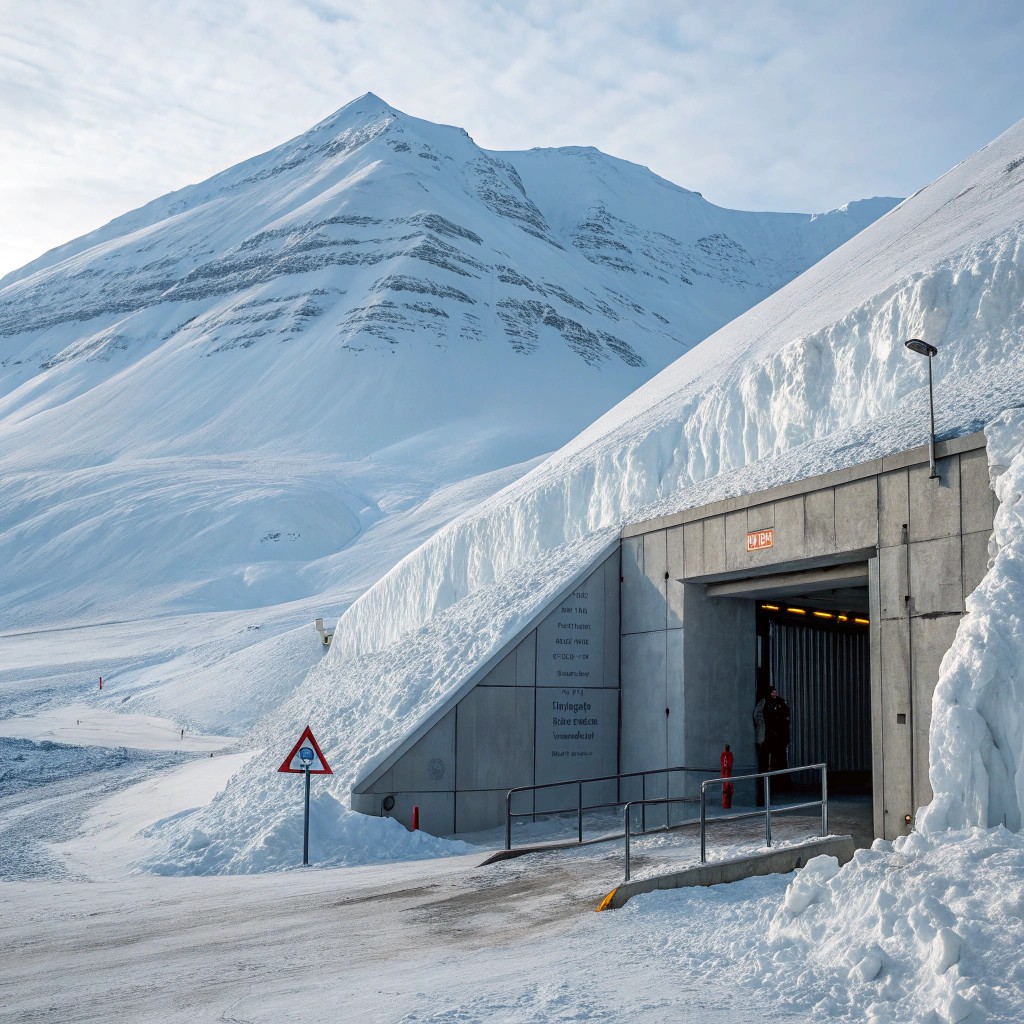
I never thought my code would end up buried in the Arctic ice, preserved for a thousand years. But that’s exactly what happened when GitHub archived my open source contributions as part of their Arctic Code Vault project.
My code, frozen in time
On February 2, 2020 (02/02/2020), GitHub captured a snapshot of all active public repositories and preserved that data in the Arctic Code Vault. The snapshot included:
- Every repo with any commits between November 13, 2019 and February 2, 2020
- Every repo with at least 1 star and any commits from the year before the snapshot
- All repositories with at least 250 stars
What a year 2020 was - and it had only just started, merely two months in when this snapshot was taken. Among those millions of repositories were some that I had contributed to in the 2010s. It’s a strange feeling knowing that code I wrote to solve problems back then might be studied by people centuries from now.
The vault itself
The GitHub Arctic Code Vault is located in a decommissioned coal mine in the Svalbard archipelago, closer to the North Pole than the Arctic Circle. The Arctic World Archive sits 250 meters deep in the permafrost of an Arctic mountain.
Svalbard is regulated by the international Svalbard Treaty as a demilitarized zone. Home to the world’s northernmost town, it is one of the most remote and geopolitically stable human habitations on Earth. The mine’s proximity to the famous Global Seed Vault, only a mile away, reinforces Svalbard’s status as a stable, very-long-term archive site for humanity’s collective knowledge.
What’s fascinating is how they store the data - not on hard drives or SSDs that would fail over time, but on special film reels developed by Piql, a Norwegian company specializing in very-long-term data preservation. The 21TB snapshot was archived to 186 reels of film.
How the data is stored
These film reels contain QR-encoded, compressed data and are designed to be readable both by machines and, if necessary, by humans with magnifying glasses. A human-readable index and guide found on every reel explains how to recover the data.
For greater data density and integrity, most data was stored QR-encoded and compressed. Each repository was packaged as a single TAR file, containing the HEAD of the default branch, minus any binaries larger than 100KB in size. (Repositories with 250+ stars retained their binaries.)
The badge

Millions of developers around the world contributed to the open source software now stored in the Arctic Code Vault. To recognize these contributions, GitHub designed the Arctic Code Vault Badge, which is displayed in the highlights section of a developer’s profile. It’s not much - just a hexagonal icon - but it represents something significant: that some piece of code I wrote is now part of one of humanity’s longest-term time capsules.
What code of mine is in there?
My main contribution that made it into the vault was an IMAP input plugin I wrote for Logstash. This plugin allowed Logstash to connect to email servers and process incoming emails as log events - something that wasn’t possible with the standard distribution at the time.
Notable projects in the vault
The Arctic Code Vault includes some of the most important open source projects in computing history, including:
- Linux kernel (torvalds/linux)
- Python (python/cpython)
- .NET Core (dotnet/core)
- Node.js (nodejs/node)
- Bitcoin (bitcoin/bitcoin)
- Ruby on Rails (rails/rails)
- Bootstrap (twbs/bootstrap)
- TypeScript (microsoft/TypeScript)
- OpenSSL (openssl/openssl)
- Homebrew (Homebrew/brew)
My Logstash IMAP Plugin
The most significant contribution of mine preserved in the Arctic Code Vault is the IMAP input plugin I developed for Logstash back in the 2010s. This plugin filled an important gap in the Elastic Stack ecosystem by:
- Enabling Logstash to connect directly to email servers via IMAP protocol
- Processing incoming emails as log events in real-time
- Supporting email-based alerting and monitoring workflows
- Allowing security teams to analyze email content for threats
- Providing options for filtering and transforming email data before indexing
At the time, this functionality wasn’t available in the standard Logstash distribution, so I built this plugin to solve real-world problems for organizations that needed to incorporate email data into their logging and monitoring systems.
The bigger picture
The GitHub Arctic Code Vault is part of a larger initiative called the GitHub Archive Program, which aims to preserve open source software for future generations. It’s one of several long-term archival projects, including partnerships with the Internet Archive and the Software Heritage Foundation.
Microsoft (which owns GitHub) even developed a technology called Project Silica that stores data on quartz glass for extreme durability. They’ve used this to create additional copies of the archive.
Digital preservation and personal reflection
There’s something profound about knowing your work might outlast you by centuries. Most of us won’t build monuments or write novels that stand the test of time, but our code—even small contributions—is now preserved in a way previous generations of engineers could never have imagined.
Working in tech, I’m used to things becoming obsolete quickly. Languages fall out of favor, frameworks come and go, and hardware becomes outdated in months. Most of what we build has a surprisingly short shelf life.
That’s what makes the Arctic Code Vault so interesting to me. It pushes against that trend of digital impermanence. It’s a reminder that the work we do today might have value far beyond what we can imagine.
When I’m writing code now, I occasionally think about those film reels in the Arctic and wonder if someone far in the future might one day look at my variable names and comment style and get a tiny glimpse into how we solved problems in the early 21st century.
It may not be as famous as Linux or Python, but my little Logstash plugin solved a real problem for many organizations. Now it’s preserved in the Arctic ice for future generations to discover. It’s surreal to think this code from the early 2010s will outlive me by centuries.
I don’t know if anyone will ever look at my code centuries from now. But if they do, I hope they’ll find something useful - or at least get a laugh at how we solved problems back in the 2010s.
Got the Arctic Code Vault badge too? Drop me a line - I’d love to hear what code of yours made it into the archive.

